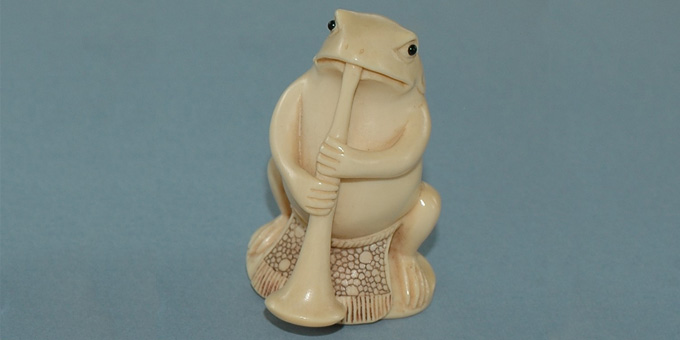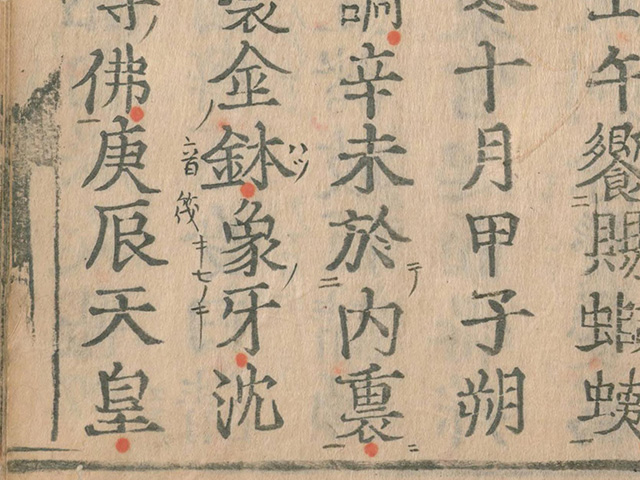Conservation and Sustainable Use of Wildlife
The History of Ivory Use in Japan

It is believed that ivory was already used in the 8th century in Japan: a ruler made of ivory named Koge Bachiru no Shaku, used around that time, is stored at the Shosoin Repository. Furthermore, in the Nihon Shoki (a Japanese book which is considered to have been completed around 720), the term “kisanoki (represented by Chinese characters meaning ‘elephant’ and ‘tusk’)” appears. These indicate that elephants, their tusks and ivory were recognized from ancient times in Japan.

Craftwork using ivory is said to have become common in Japan around the 17th century. There is a page describing “horn craftsmen” along with an illustration showing a craftsman cutting an elephant tusk with a saw, in Jinrin Kunmou Zui, a book published in 1690. Many kinds of craftwork were produced using ivory then. Ivory was commonly used to make picks for shamisen (three-stringed traditional musical instrument), accessories including netsuke (miniature decorative sculpture) to be attached to inro (portable box that can be attached to kimono belts to carry small objects) and kinchaku (drawstring bag), and many other daily objects. Netsuke is especially known for its highly artistic nature and can be found in many art collections of museums outside of Japan, such as the British Museum and the Metropolitan Museum of Art.
After westernized outfits became common in the late 19th century, daily use of netsuke became less common. However, the advanced craftsmanship in ivory carving that had been cultivated until then was used to create many decorative figurines. These were once one of the most highly appraised types of exported Japanese craftwork. Meanwhile, the use of seals made of ivory became popular domestically, and their production became the main use of ivory in Japan. Today, with the unique carving techniques, ivory continues to be used in products such as traditional musical instruments, artwork and seals.

